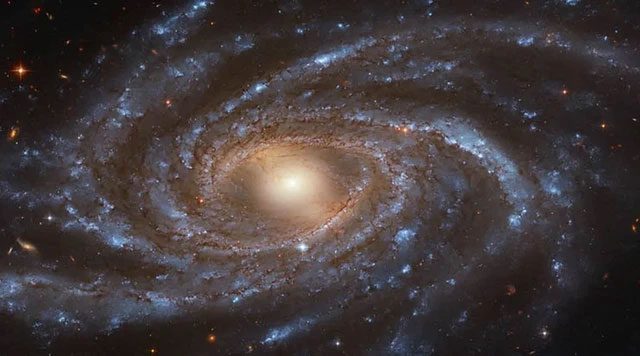One of the key factors for the emergence of life as we know it on Earth has been found in the least expected place: the “outskirts” of the Milky Way galaxy.
According to Science Alert, the crucial component for life is phosphorus.
“To create phosphorus, you need some violent events. It is believed that phosphorus is produced in supernova explosions, and to do that, you need a star with a mass at least 20 times that of the Sun,” says astronomer and chemist Lucy Ziurys from the Steward Observatory at Arizona State University.
However, the location where they discovered phosphorus is completely distant from large stars or supernova remnants in the dense light disk of the Milky Way (the galaxy that contains Earth).

The habitable zone of the galaxy containing Earth may extend to the edge – (Photo: NASA).
“The phosphorus we found is located at the edge of the galaxy, where it shouldn’t be. This means there must be another way to create phosphorus,” says co-author Lilia Koelemay from Arizona State University.
There are two leading explanations for how life-related elements appeared in that area.
The first is the hypothetical model of the “galactic fountain,” where supernovae create shockwaves so powerful that they eject material from the main disk of the galaxy into the surrounding halo. This material then cools and “rains down” back into the galactic disk.
This is considered unlikely because there is very little evidence of “galactic fountains” and their ability to push material so far away.
The second possibility relates to a discovery made a few years ago: small-mass stars can also produce phosphorus.
Instead of producing it directly like massive stars, phosphorus in small star explosions is formed when silicon isotopes “trap” extra neutrons, which then transform into phosphorus.
Regardless of how this “backbone” of life is produced, it confirms that it can exist in the Milky Way through various other pathways, potentially including unknown methods.
This also expands the “habitable zone” of the Milky Way to its very edge. Wherever there are NCHOPS elements that support life – including nitrogen, carbon, hydrogen, oxygen, phosphorus, and sulfur – there is the potential for extraterrestrial life, which we all hope to find.


















































